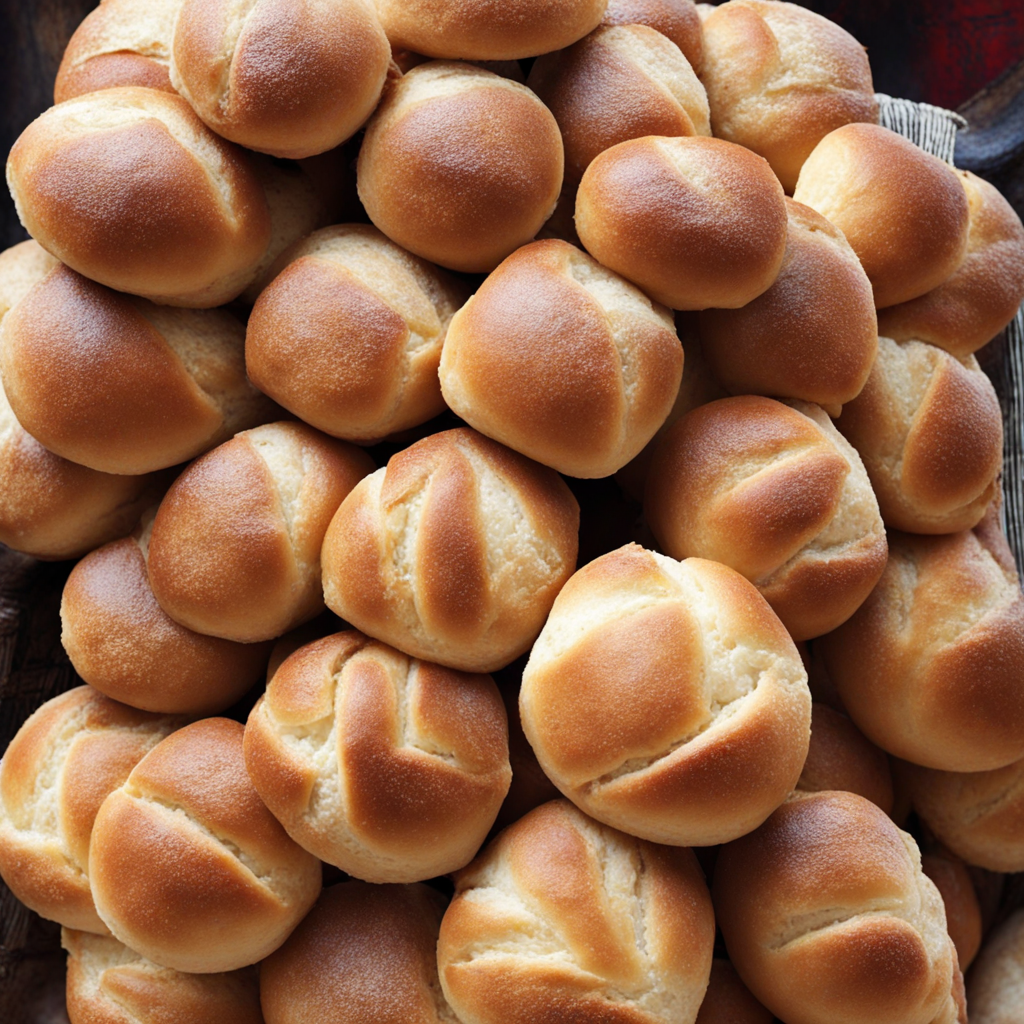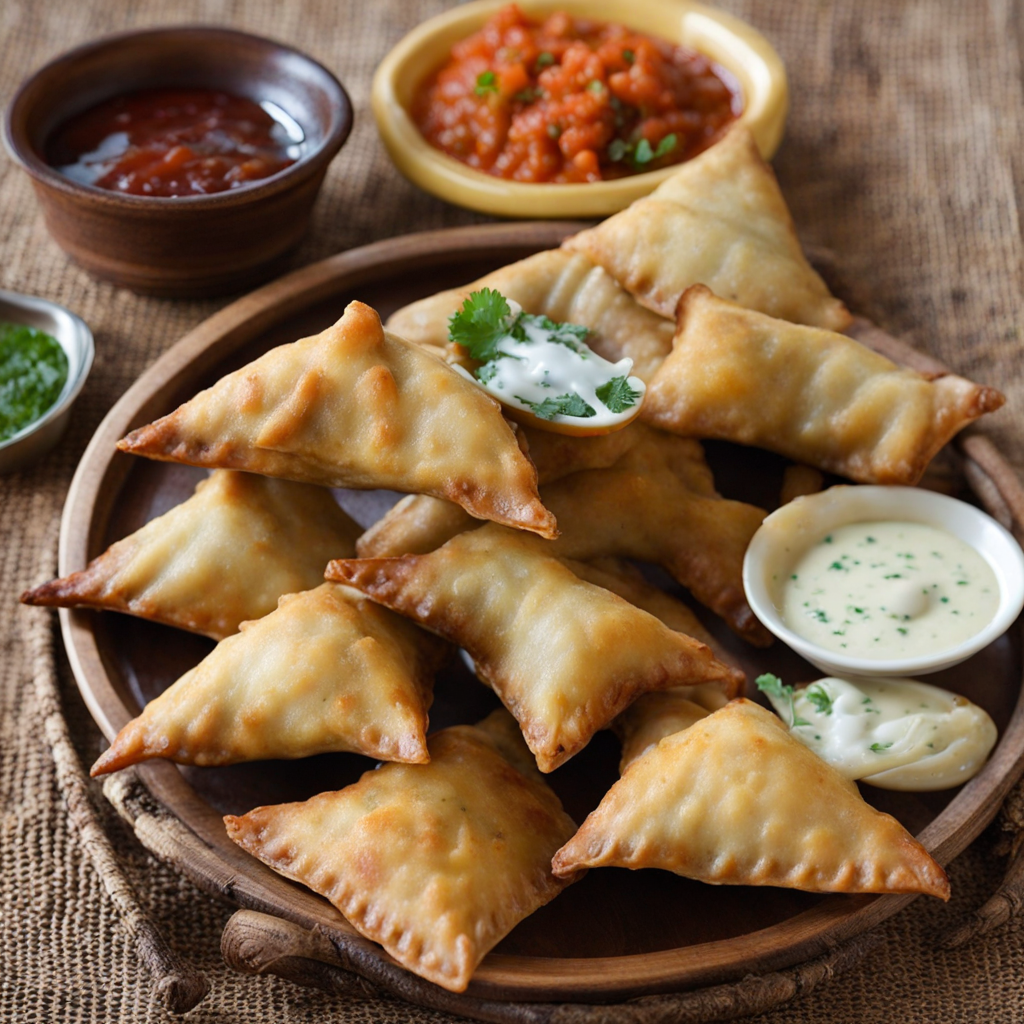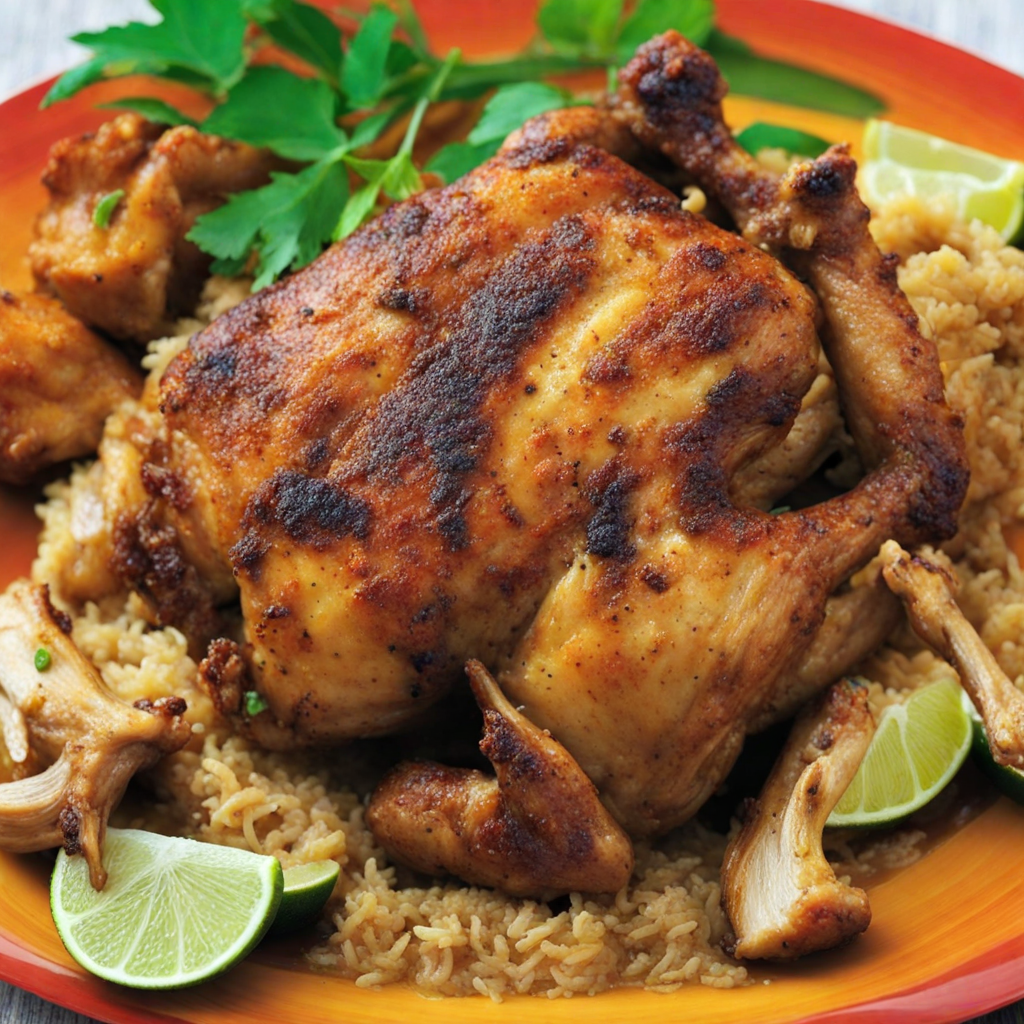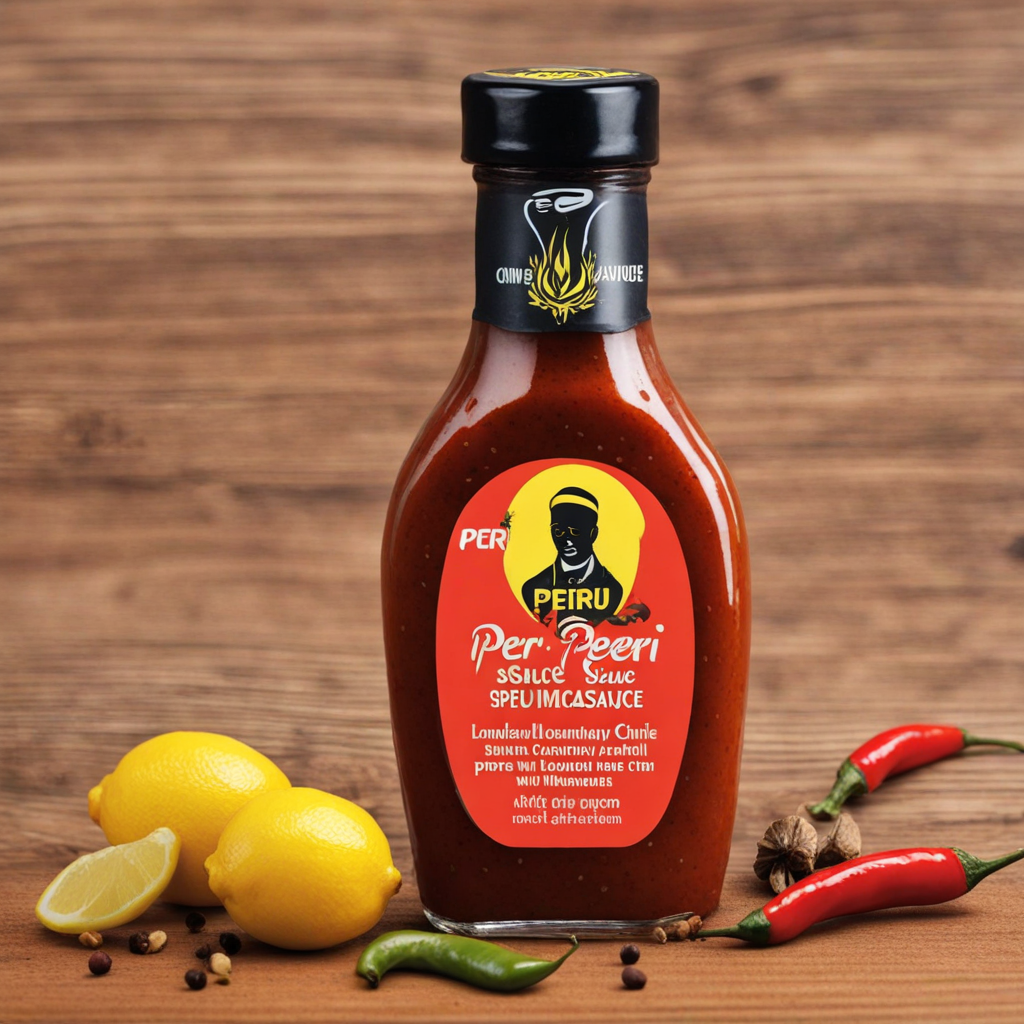Paõ
Paõ is a delightful Mozambican bread that embodies the country's rich culinary heritage. This soft, fluffy bread is traditionally made with simple ingredients such as flour, water, yeast, and a pinch of salt, yet it results in a texture that is both light and satisfying. The bread has a slightly crispy crust that gives way to a tender interior, making it perfect for pairing with a variety of dishes. It is often enjoyed fresh out of the oven, warm and inviting, making it a staple at any Mozambican meal. In Mozambique, Paõ is more than just a side; it is a versatile accompaniment that enhances the dining experience. It can be served alongside rich stews, grilled meats, or spicy seafood dishes, soaking up flavors and adding a comforting element to the meal. The bread is also popular for making sandwiches, filled with local ingredients like marinated fish or chicken, and topped with fresh vegetables, creating a delicious burst of flavors that showcases the region's culinary creativity. The experience of tasting Paõ is not just about flavor; it's about the cultural significance it holds in Mozambique. Traditionally enjoyed during family gatherings and celebrations, this bread symbolizes unity and community. Its aroma wafts through homes, drawing people together around the table. Whether you're indulging in a simple slice or savoring it with a hearty dish, Paõ invites you to explore the warmth and vibrancy of Mozambican cuisine, making it a must-try for anyone looking to expand their palate.
How It Became This Dish
The History of Pão: Mozambique's Beloved Bread #### Origins Pão, the Portuguese word for bread, holds a special place in the culinary landscape of Mozambique, a country located along the southeastern coast of Africa. The roots of pão in Mozambique can be traced back to the arrival of the Portuguese in the 15th century. With their maritime explorations and eventual colonization, the Portuguese brought with them their culinary traditions, including the art of bread-making. However, the bread that evolved in Mozambique is not merely a replication of European styles; it is a unique fusion of indigenous ingredients and techniques that reflect the rich tapestry of Mozambican culture. The indigenous population of Mozambique had their own traditional grains and methods of food preparation long before European contact. Staples such as maize, cassava, and millet formed the basis of their diet. When the Portuguese introduced wheat, it was initially viewed with skepticism by local communities who were accustomed to their native grains. However, over time, the versatility and adaptability of wheat flour led to the development of a distinctly Mozambican version of bread. #### Cultural Significance Pão is more than just a food item in Mozambique; it is a symbol of community, hospitality, and cultural identity. It is often seen during significant occasions, celebrations, and family gatherings. In Mozambique, sharing a meal is an important social practice, and bread serves as a unifier. Traditionally, pão is served with various dishes, from stews to grilled meats, reinforcing its role as a staple accompaniment in Mozambican cuisine. In rural communities, pão is often homemade, with families gathering to bake it in communal ovens. This practice fosters a sense of community and belonging, where the act of making bread becomes a communal affair that strengthens social ties. The sharing of pão reflects the broader Mozambican philosophy of ubuntu, which prioritizes the interconnectedness of individuals within a community. #### Development Over Time As Mozambique evolved through its colonial period and into independence in 1975, so too did the preparation and consumption of pão. The Portuguese colonial influence left a lasting imprint on Mozambican cuisine, but the post-colonial era marked a shift towards embracing and celebrating local food traditions. Pão adapted to incorporate local flavors and ingredients, leading to the creation of variants that are enjoyed today. One notable evolution in the bread-making process is the introduction of local ingredients. For instance, coconut and cassava flour have found their way into traditional recipes, resulting in rich, flavorful breads that reflect the agricultural bounty of the region. Additionally, the increasing availability of spices and herbs has led to innovative flavor profiles that distinguish Mozambican pão from its Portuguese counterparts. The rise of urbanization in Mozambique has also influenced the way pão is produced and consumed. In cities like Maputo, the capital, bakeries have sprung up, offering a variety of pão types—from plain loaves to those enriched with local spices and ingredients. This urban adaptation has made pão more accessible to a broader population while still retaining its cultural significance. Moreover, the global food movement has begun to influence Mozambican cuisine, leading to a revival and reimagining of traditional recipes. Chefs and home cooks alike are experimenting with pão, introducing new fillings, toppings, and presentations that cater to modern tastes while respecting the heritage of the dish. This culinary innovation has helped to keep pão relevant in contemporary dining experiences. #### Pão Varieties Pão in Mozambique comes in various forms, each reflecting regional preferences and local ingredients. The most common type is pão de trigo, a simple wheat bread, often characterized by its soft texture and slightly crusty exterior. This bread is typically enjoyed with a variety of dips and sauces, showcasing its versatility. Another popular variant is pão de milho, made from corn flour, which offers a denser and more flavorful experience. This bread is particularly favored in the northern regions of Mozambique, where maize is a staple crop. The use of maize flour not only pays homage to traditional agricultural practices but also highlights the adaptability of the Mozambican people in incorporating local resources into their culinary repertoire. In coastal areas, pão is sometimes enriched with coconut, reflecting the tropical climate of Mozambique. The addition of shredded coconut creates a subtly sweet bread that pairs beautifully with savory dishes or can be enjoyed on its own. #### Pão in Modern Mozambique Today, pão continues to be a beloved staple in Mozambique, enjoyed by people of all backgrounds. Its presence is ubiquitous in markets, restaurants, and homes. The simple act of breaking bread together remains a cherished tradition, symbolizing unity and shared experiences. As Mozambique navigates the complexities of globalization, pão stands as a testament to the resilience and adaptability of its people. Despite the influx of foreign influences and fast food, traditional bread-making continues to thrive, often celebrated in festivals and culinary events that honor the nation’s heritage. The future of pão in Mozambique is bright, as it evolves alongside the country’s culinary landscape. With a growing interest in local ingredients and sustainable practices, there is potential for further innovation while still honoring the time-honored traditions of bread-making. #### Conclusion Pão is more than just a loaf of bread in Mozambique; it is a reflection of the country’s history, culture, and communal spirit. From its Portuguese origins to its modern-day variations, pão tells a story of resilience, adaptation, and the enduring significance of food in bringing people together. As Mozambique looks to the future, pão will undoubtedly remain a cherished element of its culinary identity, a symbol of hospitality, and a delicious reminder of the rich cultural heritage that defines this vibrant nation.
You may like
Discover local flavors from Mozambique







